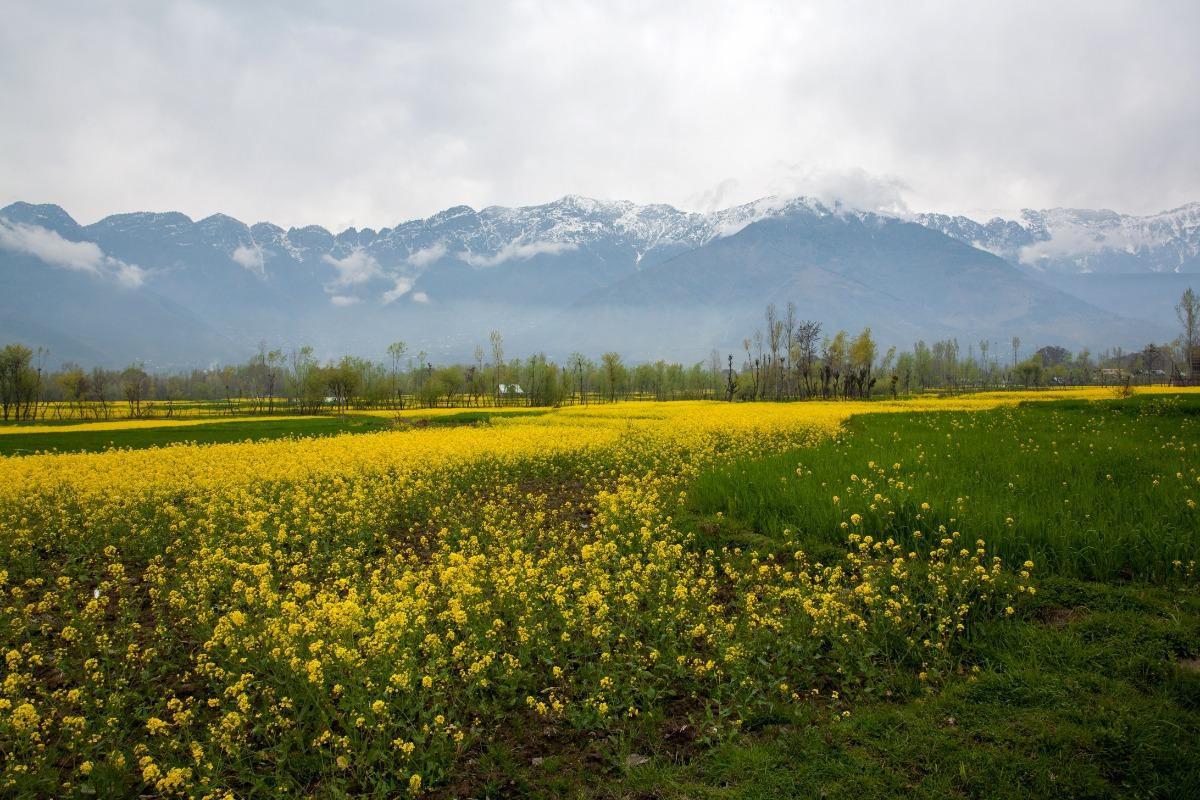Plant Life of Grand Teton National Park

Plant Life of Grand Teton National Park
- posted: May 25, 2023
Grand Teton National Park's 310,000 acres are home to an array of diverse plant life, with over 1,000 species of plants within its borders. Some of the common plants found in the park include the following -
Douglas Fir
Douglas Fir are coniferous trees and easily found in the park’s lower to mid-elevations. They have distinctive three-pointed cones extending from each scale. Douglas Fir trees are often grown commercially as Christmas Trees in North America, so they are easily identifiable.
The Lodgepole Pine
The Lodgepole Pine is among the most common species of plant life found in Grand Teton Wyoming. The WY Lodgepole Pine is characteristically slender and tall, with a unique ability to thrive in diverse environments and climates.
The Quaking Aspen
The Quaking Aspen refers to a deciduous tree with white bark and a golden color when fall arrives. It is native to the North American continent and can reach up to 90 feet. The name of the Quaking Aspen is derived from the fact that its leaves quake/tremble even with a wisp of a breeze.
Sagebrush
Sagebrush is a shrub and a member of the Asteraceae family which is native to the western sections of North America. It is easily identified by its long and green-gray leaves, plus a unique and distinct aroma that is best described as musky. Sagebrush has historically played a significant role in the cultural traditions of the Indigenous people inhabiting the areas within the Grand Teton Wyoming and the western United States.
Wildflowers
Wildflowers are found throughout Grand Teton National Park. Different species bloom throughout the spring and summer months. These include – larkspur, columbine, Indian paintbrush, fireweed, monkshood, and even rarely found calypso orchids.
Cottonwood
Cottonwood trees can reach heights that exceed 100 feet. There are various species of cottonwood, but all of them are known for a distinctive cotton-like seed that is released during the summer and spring months.
Spruce-Fir
Spruce-Fir trees are found on trails at higher park elevations. These types of trees provide an important component of the black bear’s habitat.

Plant Life of Grand Teton National Park
- posted: May 25, 2023
Grand Teton National Park's 310,000 acres are home to an array of diverse plant life, with over 1,000 species of plants within its borders. Some of the common plants found in the park include the following -
Douglas Fir
Douglas Fir are coniferous trees and easily found in the park’s lower to mid-elevations. They have distinctive three-pointed cones extending from each scale. Douglas Fir trees are often grown commercially as Christmas Trees in North America, so they are easily identifiable.
The Lodgepole Pine
The Lodgepole Pine is among the most common species of plant life found in Grand Teton Wyoming. The WY Lodgepole Pine is characteristically slender and tall, with a unique ability to thrive in diverse environments and climates.
The Quaking Aspen
The Quaking Aspen refers to a deciduous tree with white bark and a golden color when fall arrives. It is native to the North American continent and can reach up to 90 feet. The name of the Quaking Aspen is derived from the fact that its leaves quake/tremble even with a wisp of a breeze.
Sagebrush
Sagebrush is a shrub and a member of the Asteraceae family which is native to the western sections of North America. It is easily identified by its long and green-gray leaves, plus a unique and distinct aroma that is best described as musky. Sagebrush has historically played a significant role in the cultural traditions of the Indigenous people inhabiting the areas within the Grand Teton Wyoming and the western United States.
Wildflowers
Wildflowers are found throughout Grand Teton National Park. Different species bloom throughout the spring and summer months. These include – larkspur, columbine, Indian paintbrush, fireweed, monkshood, and even rarely found calypso orchids.
Cottonwood
Cottonwood trees can reach heights that exceed 100 feet. There are various species of cottonwood, but all of them are known for a distinctive cotton-like seed that is released during the summer and spring months.
Spruce-Fir
Spruce-Fir trees are found on trails at higher park elevations. These types of trees provide an important component of the black bear’s habitat.
Visit our Office
1115 Maple Way
Jackson, WY 83001